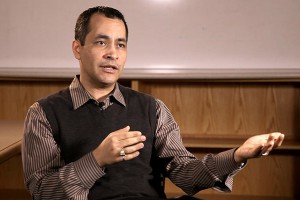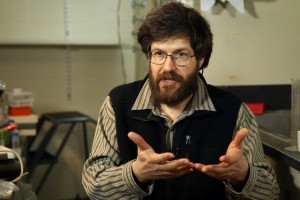Tissue Engineering Applied to Cancer
Biologist Ali Khademhosseini on tissue engineering, drug testing, and nanomedicines for cancer
What problems occur during sequencing of genomes? How can we learn the mRNA sequence without sequencing it? Does the transcription of our genome differ in different conditions? These and other questions are answered by Professor for High Throughput Methods at Friedrich-Schiller-University of Jena, Manja Marz.
The biologists have been interested in what happens in our genome, what is the genome consisting of? I would like to know what my genome looks like, what sequence do I have? I have 4 letters in my genome: As, Gs, Cs and Ts, but what sequence do I have and how do I differ from all the other people? I would like to know that.
Another possibility is to assemble the reads while knowing how the reference should look like. For example, we now have a rough idea how the human genome looks like. And if I were to take your genome to sequence, it should not look too far away from that one.
To define a gene is not usually as easy. Where does a gene really start and end? Usually it doesn’t start at a start-codon and end at a stop-codon, it also has a 5′ untranslated region and a 3′ untranslated region, and also within the introns we can find a lot of transcription going on, which may regulate the gene.

Biologist Ali Khademhosseini on tissue engineering, drug testing, and nanomedicines for cancer

Neuroscientist Karl Friston on the Markov blanket, Bayesian model evidence, and different global brain theorie...

Biologist Konstantin Khrapko on genes that regulate the aging program, genome of a nematode, and the effect of...